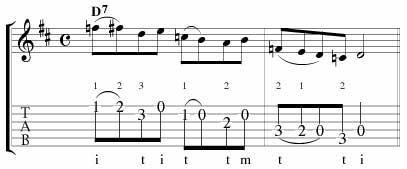
Ever heard the term chicken picking? Hybrid picking?
The concept may sound goofy (or even complicated) but chicken picking (aka hybrid picking) is a lead guitar picking technique used often in country music. The technique, also found in rock and metal, is accomplished by plucking the strings outward, or, away from the fretboard instead of parallel to the fretboard with the fingers of the right hand. Consequently, the note is immediately dampened by increasing the pressure of the left hand’s finger on the fret.
The reason guitarists utilize chicken picking is because the style provides a very specific sound that often goes great with country music. Hybrid picking also serves a valuable purpose as you will find with the picking technique certain notes are actually easier to reach with your right, and not left hand.
To hear a 45 second guitar solo with chicken picking CLICK HERE!
Chicken picking will take some time to master so don’t get frustrated if the style is not immediately picked up. When you play country guitar, most individuals prefer to use a clean, telecaster sound with very few — if any effects. Some guitarists might introduce a little reverb, compression or delay but country is a very organic genre and does not require a lot of digital effects.
Country music does, however, have some specific styles that make the genre distinctive and hybrid picking is a fantastic way to get the quick popping sound that you have probably heard a hundred times yet may not recognize immediately as chicken picking.
Since it can be a little difficult to achieve the quick, popping percussive sound of hybrid picking some guitarists recommend using a thumb pick. The thumb pick is important because it frees the right index finger to play strings and pop them whenever you feel like it. For some reason, the index finger is traditionally the perfect size and weight for hybrid picking.
Country music is NOT dependent on one set of scales, like rock or blues. Instead, a good country guitarist understands how to play over the chords much like bluegrass or jazz. Every chord has different lines, chord shapes or riffs associated with it. The more experienced the country guitarist, the more tricks he or she has for a chord.
Beginners need to master a few basic chords like C, D, E, G and A.
Another thing you should understand about country is that the genre uses a great deal of first position playing, based on chord shapes like bluegrass. This means the riffs played revolve around the chord shape, not just the notes in the chord but others around the chord.
For a good example, find out to play a lick based on a D7 chord thanks to FreeGuitarVideos.com…

Want to learn more about the country guitar? Check out CountryGuitarChops.com.





